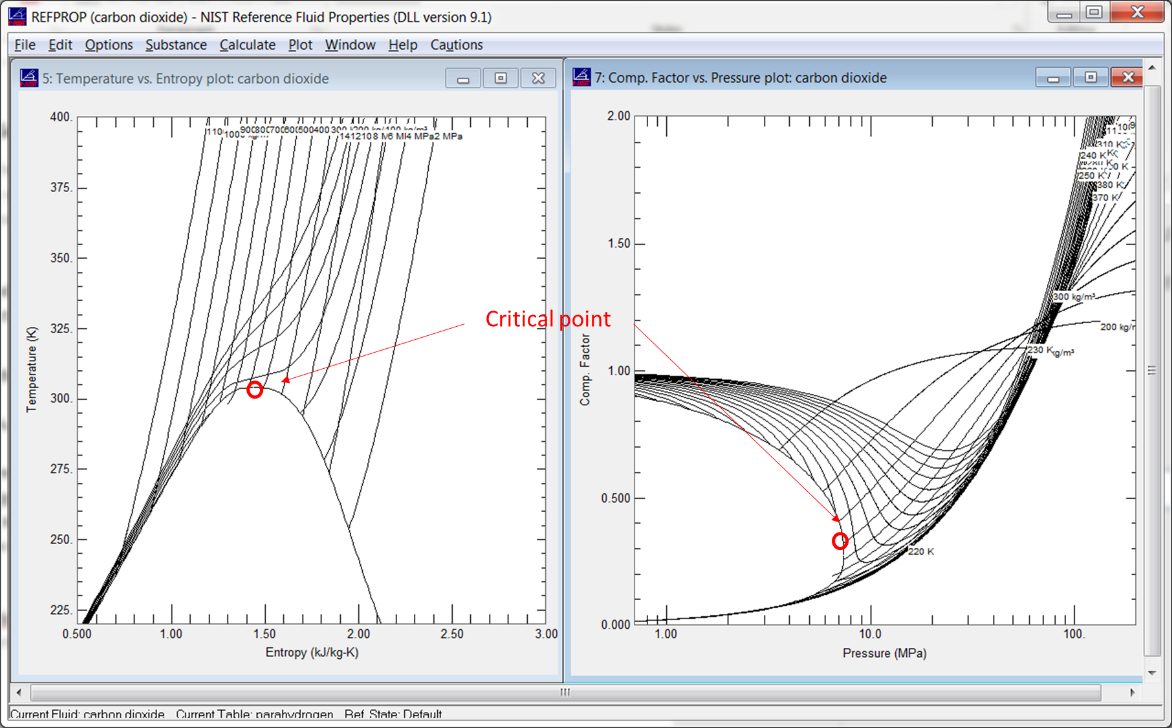Model for Boiling Point
% Fluid files are located in C:Program FilesREFPROPfluids% new version 7.2 beta, compiled using Matlab R2006a (2006-10-08)% new version 7.2 beta (2006-10-24), compiled using Matlab R2006a. EESREFPROP calls the NIST REFPROP program (version 7or newer) to do the necessary property calculations. The file that is provided with the REFPROP program that is called by EES is REFPROP.DLL. By default, EESREFPROP assumes that this file and the Fluids and Mixtures folders provided with it can be found in the C: REFPROP, the C: PROGRAM. When you purchase a single copy of Refprop, the license to use it applies to you, not for your computer; and thus you can install the program on all computers that are for your use only. We are more interested that users have correct thermophysical properties than we are about selling additional licenses, and have tried to make the single-user.

Where appropriate, this web application obtains thermophysical property recommendations using REFPROP.REFPROP is an acronym for REFerence fluid PROPerties. This program, developed by the National Instituteof Standards and Technology (NIST), provides tables and plots of the thermodynamic and transportproperties of industrially important fluids and their mixtures with an emphasis on refrigerants andhydrocarbons, especially natural gas systems.
REFPROP is based on the most accurate pure fluid and mixture models currently available. It implementsthree models for the thermodynamic properties of pure fluids: equations of state explicit in Helmholtz energy,the modified Benedict-Webb-Rubin equation of state, and an extended corresponding states (ECS) model.By using an equation of state to represent thermodynamic properties, a wide range of fluid propertiesare guarenteed to display thermodynamic consistency.Viscosity andthermal conductivity are modeled with either fluid-specific correlations, an ECS method, or in some cases thefriction theory method.

Nist Refprop Free
For more information on REFPROP, please refer to REFPROP Frequently Asked Questions (FAQ) or the REFPROP Users' Guide.In order to cite results from REFPROP models in scientific publications, usersshould refer to [30].For information on obtaining a stand-alone version of the application and associatedFortran computational libraries, please see the REFPROP page from Standard Reference Data.